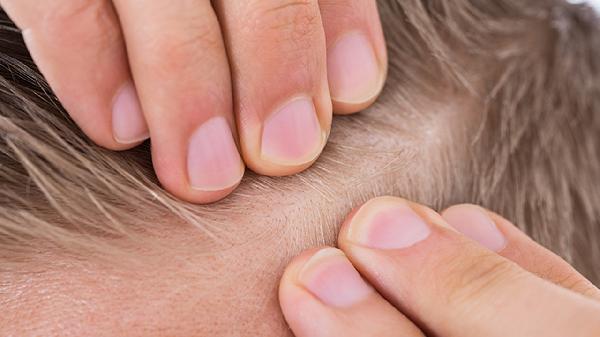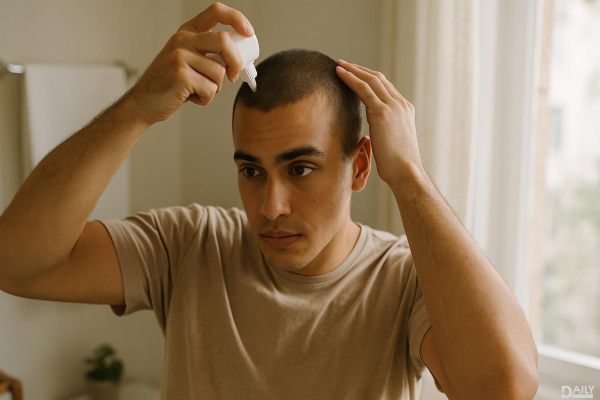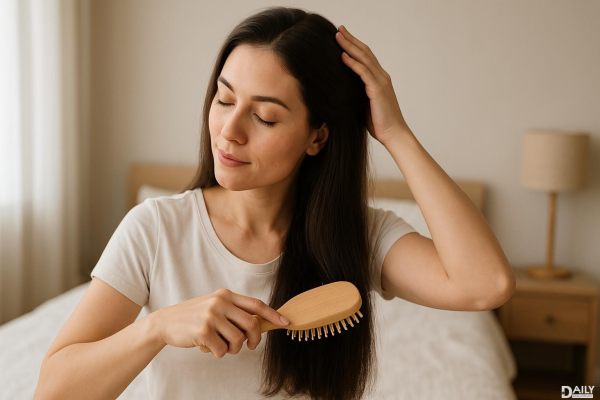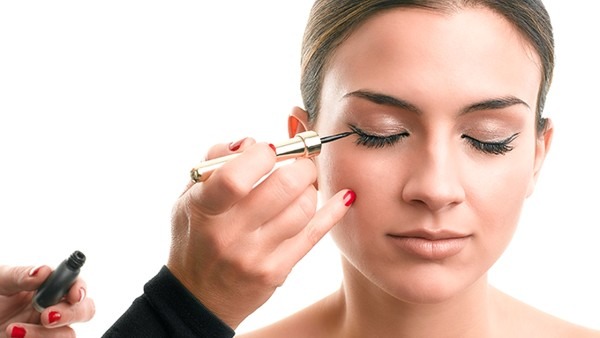Dry skin in winter is one thing, but some people experience their hair becoming dry and even split or falling out during the colder months, which can be incredibly frustrating. So, what can you do about dry and frizzy hair? How should you care for it in winter? Below, I’ll share some tips on how to manage dry and frizzy hair during the winter.

How to Care for Dry and Frizzy Hair
1. The Right Comb is Crucial
There are many types of combs on the market—plastic, metal, horn, wooden, etc. In the dry autumn season, which comb should you choose to avoid tangling or static? Horn and wooden combs are the best options, as they generate less static electricity, significantly reducing dryness and frizz. Plastic combs are not recommended.
2. Use High-Moisture Shampoo and Conditioner
For those with easily dry hair in autumn, it’s best to use high-moisture shampoo and conditioner. Based on your hair type, wash your hair 3-7 times a week. This not only keeps your hair clean and reduces skin pollution but also minimizes static caused by friction. Additionally, don’t skip conditioner—it acts as a protective layer, shielding hair from external damage, preventing static, and avoiding tangles.
3. Regularly Trim Split Ends and Use Hair Masks
Ladies, trim your split ends every two months and comb your hair daily to distribute natural oils evenly. Regular use of hair masks can deeply nourish your hair, providing intense hydration and nutrients, keeping it healthy and elastic, and preventing dryness or hair loss.
4. Maintain a Balanced Diet
To restore healthy, smooth hair, pay attention to your diet in addition to hair care. Eat foods rich in protein and vitamins A and B, such as walnuts, sesame seeds, carrots, spinach, fish, kelp, and seaweed, to provide ample nutrition for your hair. Fruits like oranges and persimmons are also great—they’re not only good for your skin but also help prevent dry hair.
Hair Care Tips
1. Trim the Ends
The ends of your hair are crucial to your overall hairstyle. Regular trims prevent split ends and promote healthy growth. Layer the back hair and secure excess strands with clips, then cut vertically with scissors at an angle. Trim every two months, even if it’s just a little—freshly cut hair is ideal for treatments, as it allows products to penetrate deeply and repair damaged cuticles.
2. During the Shower
When washing your hair, avoid scratching your scalp with your nails, as they carry bacteria that can infect the delicate scalp. Use your fingertips to gently massage the scalp, which cleanses and stimulates blood flow. Apply conditioner to the hair, not the scalp, as it can clog hair follicles. Comb your hair first, then apply conditioner from the ears to the ends, avoiding the scalp.
3. While Drying
After washing, use a microfiber towel to gently squeeze out excess water. Then, apply a hair care spray to keep your hair soft and smooth. A high-moisture spray not only hydrates but also repairs and shapes your hair, with deep spring water ingredients that restore and strengthen damaged strands.
4. Styling
Now you can style your hair in front of your mirror. Ensure your styling products, like gel, are alcohol-free, as alcohol can dry out your hair. Use ionic, ceramic, or tourmaline heat tools—or better yet, let your hair air dry naturally.
























